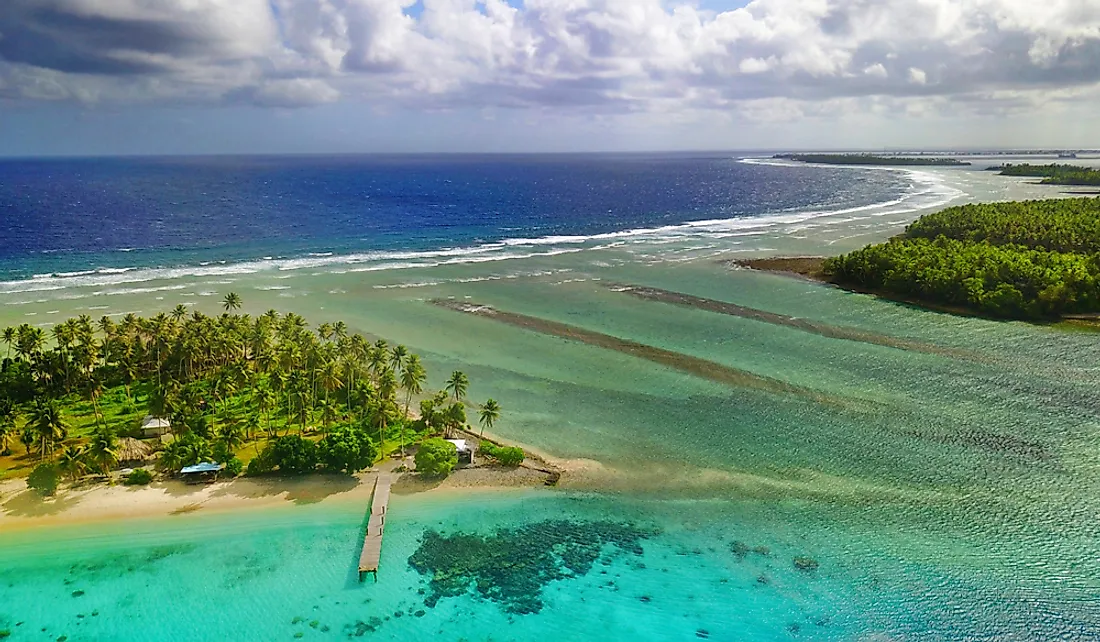

In the early 19th century, David Ricardo developed a different justification for specialization based on the concept of opportunity cost, which may vary across individuals because of differences in abilities. Smith suggested that if more of my time is spent on one activity, then I have an incentive to invest my resources to develop specialized tools or machines to aid me in that activity. Adam Smith also emphasized incentives for technological advancement. For example, through specialization we may acquire greater skill from repetition and we may avoid wasting time shifting from one task to another. But though they were very poor, and therefore but indifferently accommodated with the necessary machinery, they could.make upwards of 48,000 pins in a day.Īdam Smith, An Inquiry into the Nature and Causes of the Wealth of Nations (1776)īut why is specialization efficient? There are several reasons. I have seen a small manufactory of this kind where 10 men only were employed. and the.business of making a pin is.divided into about 18 distinct operations. But in the way in which this business is now carried on.one man draws out the wire, another straights it, a third cuts it. N example.the trade of the pin-maker a workman not educated to this business (which the division of labor has rendered a distinct trade), nor acquainted with the use of the machinery employed in it (to the invention of which the same division of labor has probably given occasion), could scarce.make one pin in a day, and certainly could not make twenty. The greatest improvement in the productive powers of em to have been the effects of the division of labor.

Adam Smith was one of the first economists to explicitly identify the productive benefits of specialization, which he referred to as the "division of labor." We tend to concentrate our labor on one primary activity. How do we get the most out of our personal limited resource - labor? We specialize. To do this we will develop our first economic model: the Production Possibilities Curve.

We will then extend the relationship between opportunity cost and the incentive to specialize to macroeconomic aggregates like nations. In this chapter we will use the principle of opportunity cost to justify the incentive individuals have to specialize in their labor. Opportunity cost represents the highest-valued alternative foregone in making any choice.

A scarce resource used to satisfy one need means there is some other need that cannot be satisfied. Scarcity requires choice and implies costs. Because goods and services are produced from scarce resources, goods and services are also scarce. Recall that the combination of limited resources and unlimited wants implies scarcity. In Chapter 1 we introduced the economic principle of opportunity cost. Application - Gains from Specialization and Trade.Application - the Cruel Dilemma Facing Developing Countries.Application - Criticism of Protectionism.Applications of the Production Possibilities Curve.At What Point on the PPC Should We Operate.Specialization Limited by the Costs of Exchange.Incentive to Specialize - Opportunity Cost.Opportunity Cost, Specialization, and Trade Opportunity Cost, Specialization, and Trade Introduction to Macroeconomics 2.


 0 kommentar(er)
0 kommentar(er)
